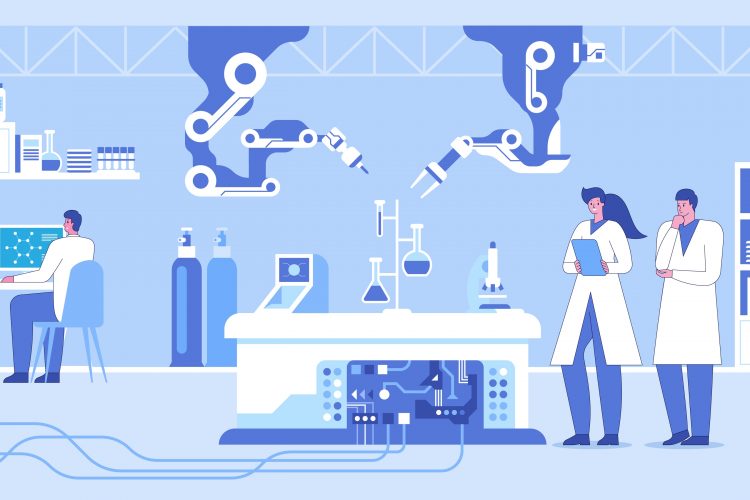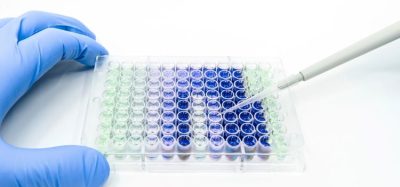Lab automation systems market to value $6.4bn
Posted: 4 February 2022 | Hannah Balfour (European Pharmaceutical Review) | No comments yet
Laboratory automation systems are gaining popularity as they expedite and streamline processes, improving product quality while reducing human error.


According to a recent report, the global laboratory automation systems market, valued at $5.2 billion in 2021, is anticipated to reach a value of $6.4 billion in 2025. The 5.3 percent compound annual growth rate (CAGR) is apparently driven by companies resuming their operations following COVID-19 disruption, among other factors.
Lab automation has been shown to expedite and streamline processes, while simultaneously reducing human error. Laboratory automation systems include clinical laboratory machines, equipment and instruments, which analyse and automate many samples in the laboratory with minimal human intervention. The laboratory automation system market includes robots, conveyors, computer hardware and software, machine vision and others.
The report indicates that one of the lab automation systems gaining popularity, particularly in hospital laboratories, is radio frequency identification (RFID) technology. RFID is an automatic system of identification based on wireless communication, consisting of a tag and a reader which can communicate through radio frequency. RFID technology is similar to bar code technology but is more beneficial as it can perform some additional functions and actions automatically without human intervention. A RFID system is equipped with a transponder, transceiver and a data processing unit to meet enhanced identification and tracking requirements in hospital laboratories.
Hospital laboratories are apparently reaping the benefits of adopting RFID technology, including enhanced productivity and product quality; reduced technology costs, errors and human intervention; and faster delivery of samples. For instance, Mayo Clinic adopted RFID enabled laboratory automation systems, minimising errors by 70 percent, enhancing efficiency and patient safety, and reduce specimen turnaround times by 50 percent in the process.
Another driver of growth is the rising demand for microbiology testing, and the concurrent standardisation of sample-collection devices for microbiology culture. Both are driving the adoption of automated systems to replace manual methods for culture-based laboratory testing in clinical microbiology. The report states that the potential to affect laboratory efficiency, turnaround time and the overall quality of culture-based microbiology testing, is driving the automated laboratory systems market growth.
Restricting market growth is a severe shortage of skilled and trained healthcare professionals for operating the advanced laboratory equipment, stated the report. These specialised skillsets are limited to some hospitals, research organisations and medical equipment companies in the US and Europe, which is expected to be a major restraint on the market. According to the investigators, 40 percent of the healthcare industry was facing difficulties in hiring for process development staff due to shortage of talent. For instance, an American Society for Clinical Pathology (ASCP) survey, found the average job-vacancy rates exceeds 50 percent in some states. This shortage also led to rise in competition and salaries for the limited talent pool available, thereby further limiting the market growth.
Key companies in the global laboratory automation systems market include Tecan Group, Perkinelmer, Thermo Fisher Scientific, Agilent Technologies, Danaher, Qiagen, Roche, Abbott and Eppendorf.
Related topics
Big Data, Industry Insight, Informatics, Lab Automation, Microbiology, Technology









